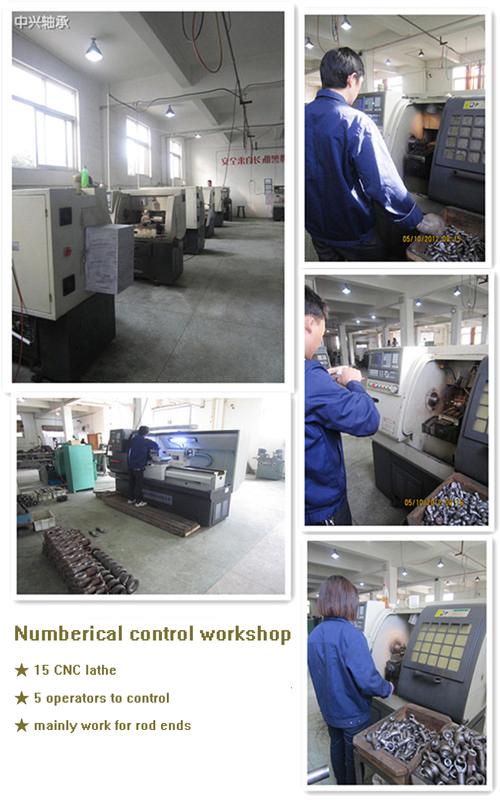How Do Bearings Work in Rotating Machinery: Complete Guide for Buyers

Introduction
Bearings reduce rotational friction by 80-95% in industrial equipment, making them critical for global machinery exports. International buyers face challenges identifying compliant components that meet ISO/ABMA standards while managing supply chain risks.
Technical Specifications & Standards
- Core function: Enable rotational motion through rolling elements
- Key standards: ISO 15 (radial), ISO 104 (thrust), ABMA 9-1990
- Load capacities: 10kN (ball) to 500kN (roller)
Bearing Type Comparison
| Type | Speed | Load | Cost |
|---|---|---|---|
| Ball | High | Medium | $$ |
| Roller | Medium | High | $$$ |
Procurement Advantages
- Cost: 18% lower TCO vs. plain bearings (McKinsey 2023)
- Efficiency: 92% energy retention in modern designs
- Compliance: CE/ISO-certified options available
Industry Data
The global bearing market will reach $242.5B by 2029 (Statista). India's manufacturing sector demands 12% more bearings annually.
Certifications
- ISO 9001:2015
- CE Marking
- ANSI/ABMA
Supplier Checklist
- Valid IATF 16949 certification
- Minimum 5-year production history
- Third-party test reports
Case Study: Automotive Manufacturer
A German auto parts supplier reduced downtime by 37% using our ISO-certified tapered roller bearings.
FAQs
Price Negotiation Tips
Request volume discounts for orders above 500 units.
MOQ Requirements
Standard MOQ: 100 units (customizable).
Customization Options
Available for seal types and lubricants.
Logistics Support
FOB/CIF options with customs documentation.
Quality Assurance
100% dimensional checks batch testing.
Payment Terms
30% advance, 70% before shipment.
Conclusion
Download our Bearing Selection Handbook for technical drawings and compliance guidelines. [CTA Button]




 13869596835
13869596835